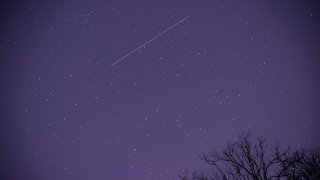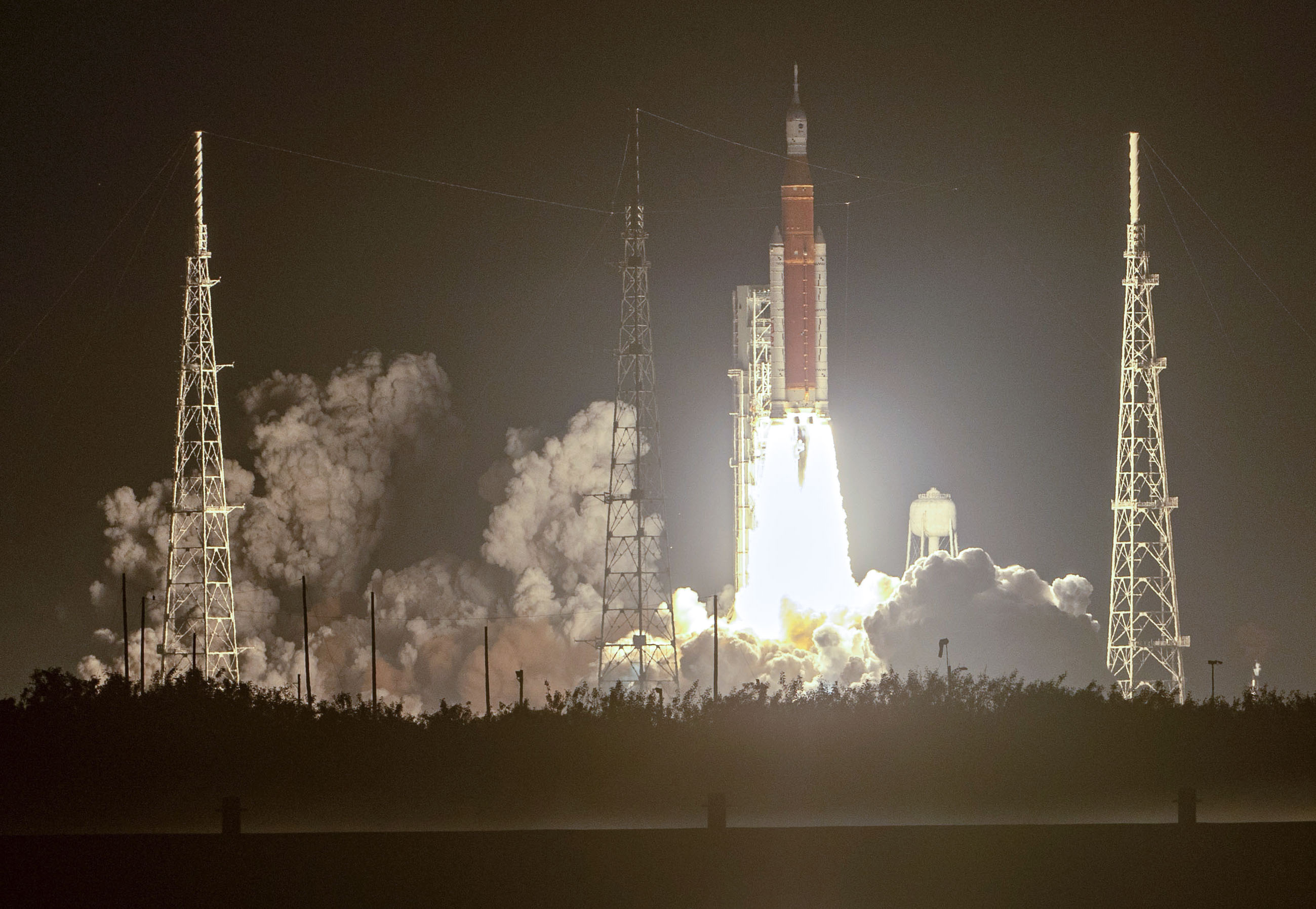
The Geminid meteor shower lights up the night sky each December, and it will be at its most visible Tuesday overnight into Wednesday morning, according to NASA.
The Geminid meteors become active when Earth passes through a particularly massive trail of rocky space debris. When this debris enters Earth's atmosphere, it burns up and lights up the sky with "shooting stars."
The debris comes from a strange rocky object named 3200 Phaethon.
To catch a peek of the fiery rocks, you'll have to find the darkest place you can, as many of the fainter meteors will be invisible due to light pollution. Still, NASA predicts that those in suburbs may see 30-40 meteors per hour, with varying changes depending on how close you are to a city. The best way to orient yourself, NASA says, is to lie flat on your back with your feet facing south.
Get top local stories in San Diego delivered to you every morning. Sign up for NBC San Diego's News Headlines newsletter.
When Should You Watch the Meteor Shower in San Diego?
NASA recommends looking for them starting around 7 to 8 p.m. PST Tuesday night and says optimal viewing time will likely be at 11 p.m., though that depends on the local weather. The peak of this year's shower is expected to occur early Wednesday morning, around 4 a.m. PST.
You can look out for when the meteors will be visible in your neighborhood at this link.
Why Are They Called The Geminids?
All meteors associated with a shower have similar orbits, explains NASA, and they all appear to come from the same place in the sky, called the radiant. In this case, these meteors are called the Geminids because they appear to radiate from the constellation Gemini.
What Is the Last Night to See The Geminids?
The last night to see the Geminids this year will be Dec. 17. NASA says dedicated skywatchers could maybe catch a glimpse of one or two meteors that night.



